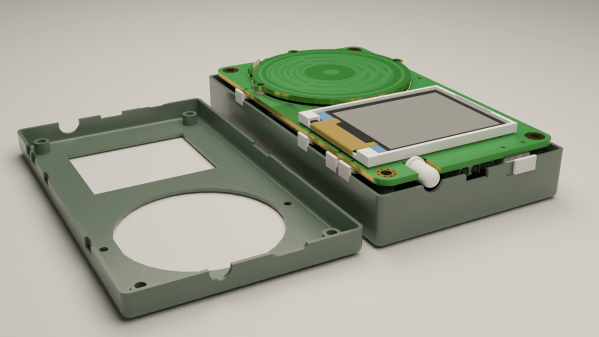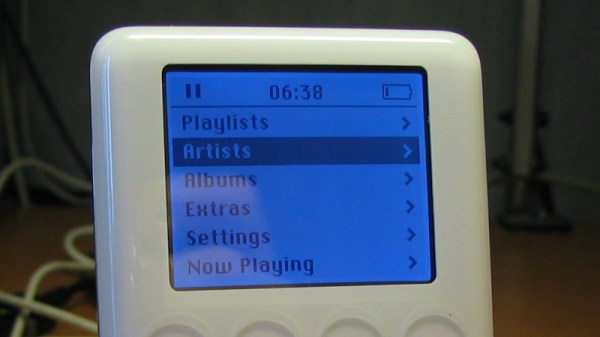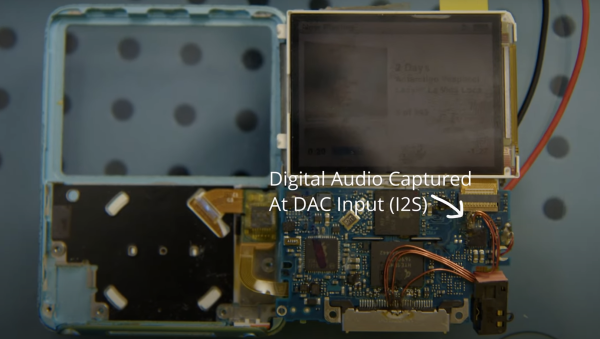GitHub Desktop may have stopped working for you yesterday, Febuary 2nd. The reason was an unauthorized access to some decidedly non-public repositories. The most serious bit of information that escaped was code signing certificates, notably used for GitHub Desktop and Atom. Those certificates were password protected, so it’s unlikely they’ve been abused yet. Even so, Github is taking the proper steps of revoking those certificates.
The only active certificate that was revoked was used for signing the Mac releases of GitHub Desktop, so quite a few older versions of that software is no longer easily installed. If nothing else, it’s a reminder that even a project with a well run security team can have problems.
Sh1mmer-ing Chromebooks
There’s a new, clever attack on the Chromebook, specifically with the goal of unenrolling the device from an educational organization. And the “vulnerability” is a documented feature, the RMA Shim. That’s a special boot loader target that contains a valid signature, but allows the booting of other code, intended for troubleshooting and fixing devices in a repair center. Quite a few of those images have leaked, and Sh1mmer combines the appropriate image with a boot menu with some interesting options.
The first is unenrolling, so the device will act like a privately owned computer. This gets rid of content blocks and allows removing extensions. But wait, there’s more. Like rooting the device, a raw Bash terminal, and re-enabling developer mode. Now, as far as we can tell, this doesn’t *directly* break device encryption, but it’s likely that the RMA shim could be abused to tamper with the device’s filesystem. Meaning that the leak of a bunch of signed shims is a big problem for device security. If you use a Chromebook, it might be time to do some research on whether that model’s shim has been leaked. Continue reading “This Week In Security: Github, Google, And Realtek” →


















